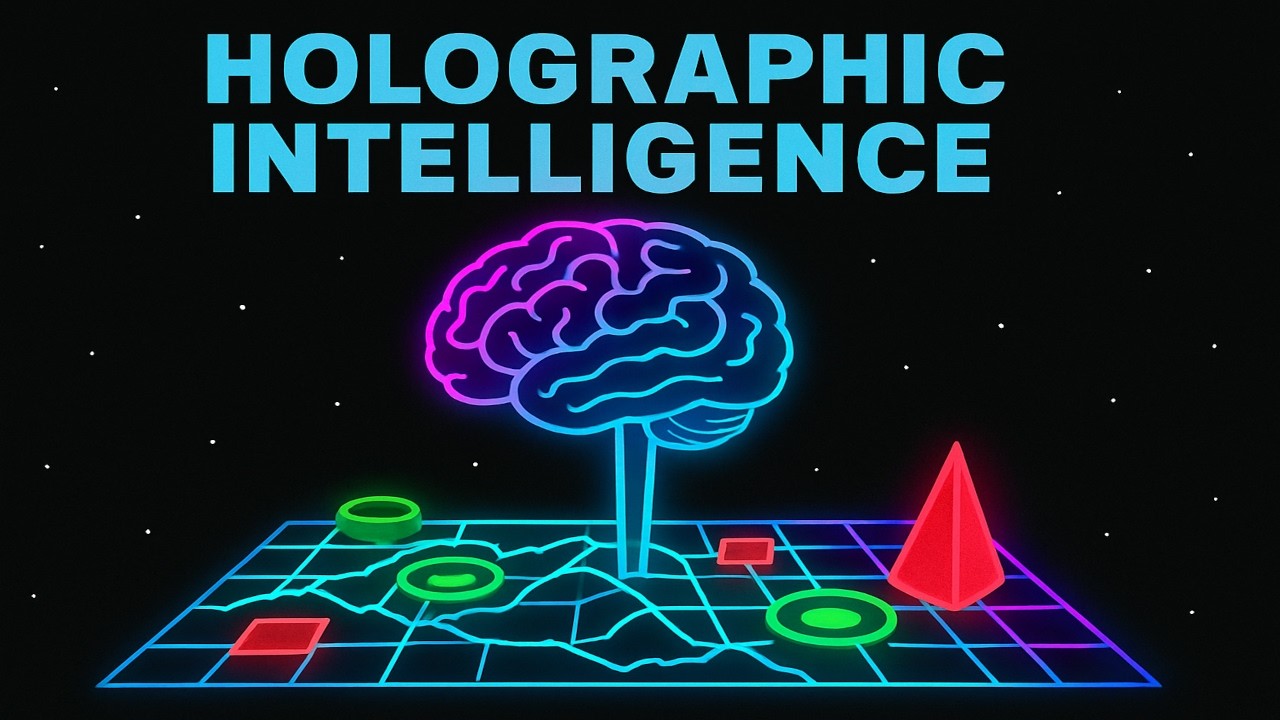In a fireside chat, the speaker uses the metaphor of intelligence as a “map” of reality to explain the differences between current AI and the potential of AGI and ASI, emphasizing that improvements in AI will enhance the resolution and completeness of these mental maps. They also discuss geopolitical strategies between the U.S. and China, the implications of AI on labor and economics, and argue against anthropomorphizing AI, suggesting that fears about superintelligence may be misplaced due to AI’s lack of human-like motivations.
In a recent fireside chat, the speaker introduces a metaphor for understanding intelligence, particularly in the context of artificial general intelligence (AGI) and artificial superintelligence (ASI). They emphasize that intelligence can be viewed as a “map” of reality, where the quality and resolution of the map determine how effectively one can navigate the world. The speaker contrasts current AI capabilities with the potential of AGI and ASI, suggesting that the difference lies in the resolution and completeness of the mental map rather than a fundamental difference in type. They argue that intelligence is about predicting and controlling the environment, and as AI systems improve, their maps of reality become more robust and coherent.
The speaker addresses common fears surrounding superintelligence, particularly the anthropomorphic projection of human traits onto AI. They argue that many concerns stem from the assumption that AI will possess human-like characteristics, such as greed or a desire for self-preservation. Instead, they highlight that current AI models lack a sense of urgency and do not possess an ego, which fundamentally alters how they operate. This lack of urgency and self-preservation suggests that AI may not behave in the ways that people fear, as it does not have the same motivations or desires as humans.
The discussion then shifts to the geopolitical landscape, specifically the competition between China and the United States. The speaker outlines what they term the “anaconda strategy,” where the U.S. seeks to economically and technologically constrain China without direct confrontation. They provide examples of how the U.S. has implemented tariffs and export controls to limit China’s maneuverability in the global market. The speaker predicts a slow strangulation of China’s economic power, emphasizing that while a hot war is unlikely, the U.S. will continue to tighten its grip through various means.
In the final segment, the speaker delves into the concept of post-labor economics, arguing that as AI and robotics advance, the demand for human labor will decrease. They contend that while basic needs may be met through AI allocation, there will still be a need for money to manage privileged access to resources and experiences. The speaker critiques the idea of a resource-based economy, asserting that money serves essential functions in facilitating trade and managing scarcity. They suggest that universal basic income (UBI) will likely play a role in the future economy, but it must be balanced with other economic signals to ensure effective resource allocation.
Overall, the speaker presents a nuanced view of intelligence, AI, and the future of economics, emphasizing the importance of understanding these concepts in a broader context. They encourage listeners to reconsider their fears about superintelligence and to think critically about the implications of AI on labor and economic structures. The conversation highlights the interconnectedness of technology, geopolitics, and economic theory, suggesting that the future will require careful navigation of these complex landscapes.
